Jump to topic
| 1. Introduction | 2. Causes of Algae | 3. Identifying Nutrient Deficiencies |
| 3a. Water Testing | 3b. Plant Deficiency Symptoms | 3c. Algae types |
Introduction
Algae is an issue that all fish keepers deal with at some point or another. It is a frustrating and unsightly pest, and the methods of removing algae vary drastically from aquarium to aquarium. In this article, we'll be covering methods of algae control in freshwater planted aquaria.
What causes algae?
Algae primarily grows when there is un-utilized phosphate or nitrate building up in your aquarium, or when the lights are left on far longer than is necessary for the plants. In a planted aquarium, healthy plants consume and remove these nutrients from the water. Algae is not an infection (your tank does not "catch algae" from other tanks), it is a symptom of a nutrient imbalance or buildup in your tank. Addressing this nutrient buildup will cause the algae to stop growing and die off, and directly killing off the algae (using an algaecide) is only a temporary solution if the underlying issue is not dealt with.
Unlike reef aquariums or fish-only aquariums, nutrient buildups in planted aquariums typically occur due to a deficiency in another area. A healthy planted tank that is getting all the nutrients it needs will (except in the case of gross buildup of nutrients) consume excess nutrients and waste that cause algae, and will tend to prevent major algae blooms without further steps needed by the fishkeeper. That means that except in the case of gross buildup (accidental overdose of nutrients etc.), the key to preventing and eliminating algae in a planted aquarium is to identify and address deficiencies through supplementation, not reduce nutrients through use of filter media or large water changes.
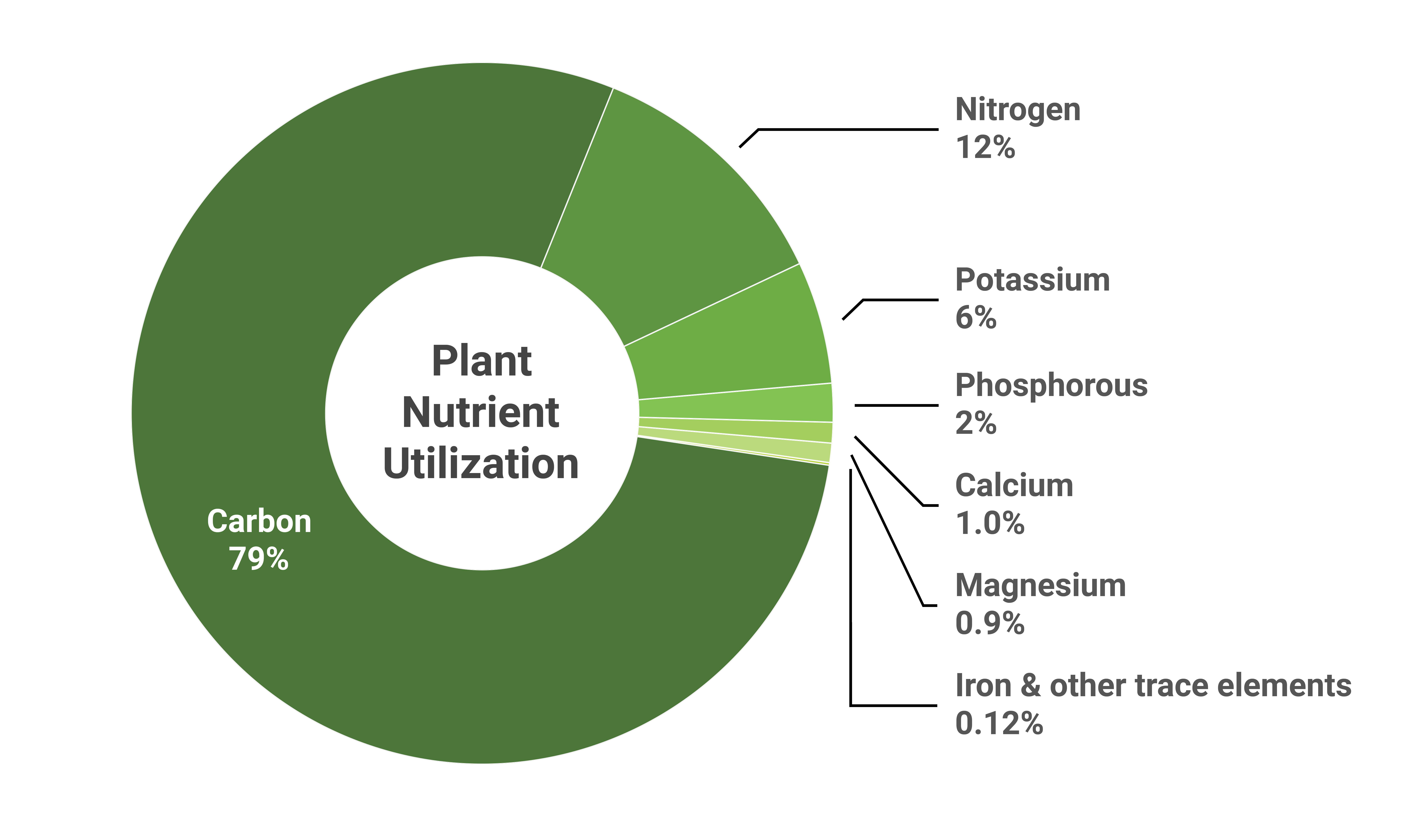
How do I identify nutrient deficiencies?
1. Testing
The easiest way to identify a nutrient deficiency in the aquarium is to simply test your water. You'll at least need to know your phosphate and nitrate levels, and preferably your potassium level as well. You want around the following parameters:
Nitrate: 10-20 mg/L (ppm)
Phosphate: 0.5-1 mg/L (ppm)
Potassium: 8-15 mg/L (ppm)
You'll also need a consistent source of bioavailable carbon (Flourish Excel™ or CO2) and lights which produce the proper spectrum and intensity for your plants. If your aquarium is at 0 for one of these nutrients, you can supplement more of that nutrient to correct the nutrient imbalance and deal with the algae.
| Nutrient | Target Range | What to Dose |
| Nitrogen (Nitrate) | 10 - 20 mg/L |
aquavitro synthesis™ |
| Phosphorous (Phosphate) | 0.5 - 1 mg/L |
aquavitro activate™ |
| Potassium | 8 - 15 mg/L | Flourish Potassium™ |
If none of these nutrients are too low, it is likely that either bioavailable carbon is too low (we recommend dosing Flourish Excel™ or increasing your CO2 concentration), or the tank is getting too much light.
2. Deficiency Symptoms
Altering nutrients according to deficiency symptoms in plants is not quite as accurate and controllable as altering nutrients according to water testing, but is still a good way to ensure that the plants in your aquarium are healthy enough to outcompete the algae. Here is a quick guide to common plant deficiencies and the products Seachem® recommends to resolve the issue:
Bioavailable Carbon deficiency:
Bioavailable carbon is always the first place to start with poor plant health or algae growth. If you are utilizing a CO2 injection system, ensure that the CO2 concentration is high enough to support the plant growth. If you are using Flourish Excel to supplement carbon instead, ensure that the tank is getting a daily dose in the proper volume for your aquarium. If you are dosing neither of these, then a lack of bioavailable carbon is almost certainly behind the algae growth in your aquarium.
For carbon deficiencies, we recommend Flourish Excel™

Nitrogen deficiency:
Overall yellowing of the plant, low or no growth, stunted new leaves, and a buildup of phosphorous (phosphate) and potassium are symptoms of nitrogen deficiency. Nitrogen primarily shows up as nitrate, and is produced by fish as a part of their waste, which means that heavily stocked tanks do not often experience nitrogen deficiencies.
For nitrogen deficiencies, we recommend Flourish Nitrogen™ or aquavitro synthesis™

Phosphorous deficiency:
Very slow growth and darkening or even browning of leaves are typical symptoms of phosphorous deficiency. Like nitrate, phosphate is added by fish waste and other decomposing organic matter, so phosphorous deficiencies are less common in heavily-stocked aquariums.
For phosphorous deficiencies, we recommend Flourish Phosphorous™ or aquavitro activate™

Potassium Deficiency:
Dying leaf tissue, pinholes, yellowing, and overall poor health are the typical symptoms of potassium deficiency. Potassium is not added by fish waste, so potassium deficiencies are common in aquariums that are not being supplemented regularly.
For potassium deficiencies, we recommend Flourish Potassium™

Other deficiencies
While there are numerous other nutrients that are important for plant health, other nutrient deficiencies are not as prone to causing algae outbreaks.
3. Algae Type
While it is possible to identify a nutrient deficiency or excess by investigating the types of algae growing in your aquarium, this method is imprecise and any solution is best confirmed using a test kit. Here are some common types of algae and their likely causes:
| Algae Name | Description | Photo | Causes and possible solution |
| Black Beard Algae (BBA) | Shoot tufts that are dark brown or black in color, difficult to remove manually |  |
Low bioavailable Carbon, poor lighting Add Flourish Excel™, improve lighting |
| Green Hair Algae | Long filaments that are tough and not attractive to algae eaters, but easy to manually remove for the most part | 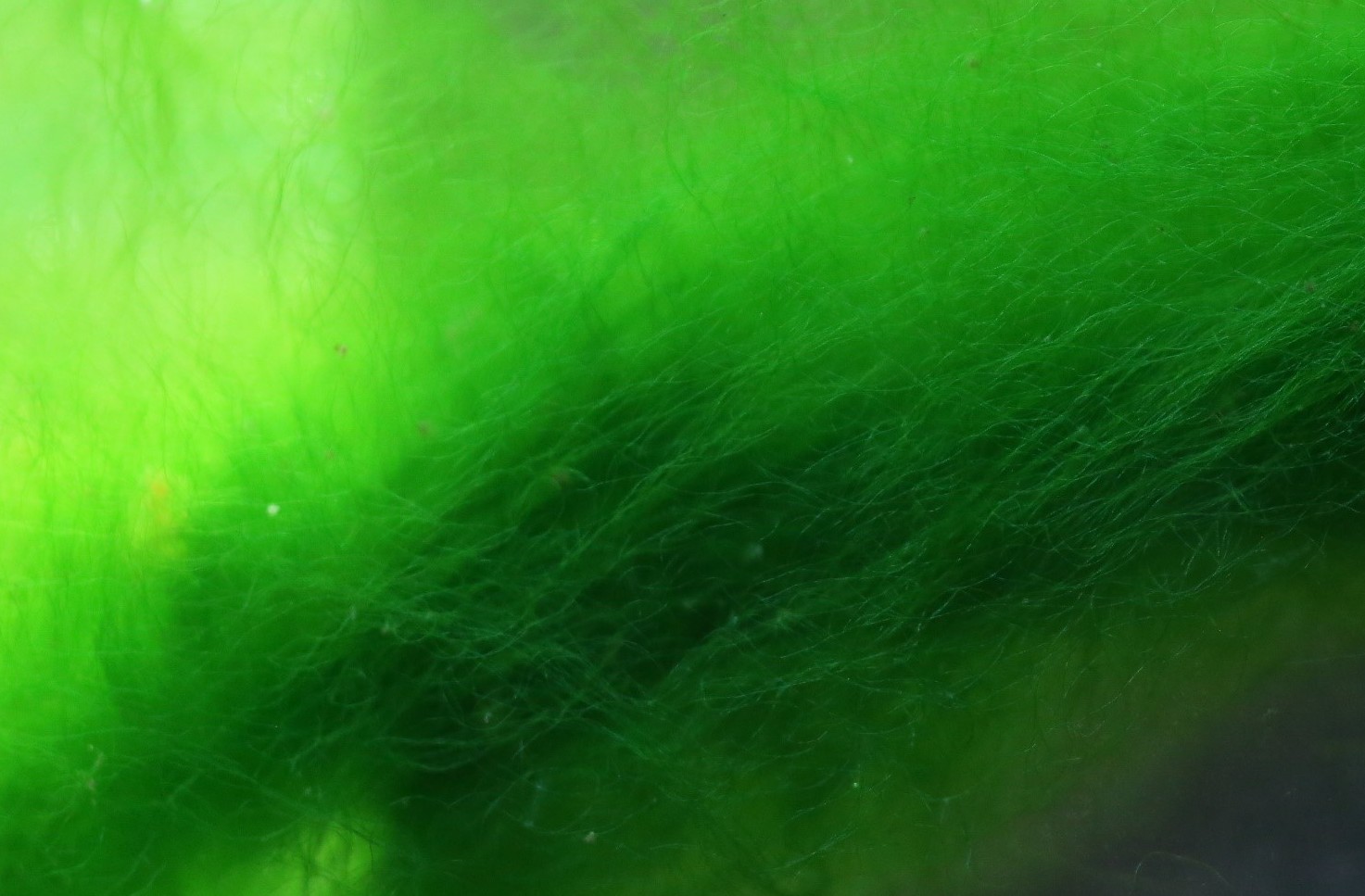 |
Low bioavailable carbon, low phosphate, high nitrate, too much light Add Flourish Excel™ and Flourish Phosphorous™ |
| Blue-Green algae (cyanobacteria) | A slimy film that forms "mats" on the surface of plants and substrate. Most commonly dark emerald green, but can also be red or brown in color. Not a true algae. | 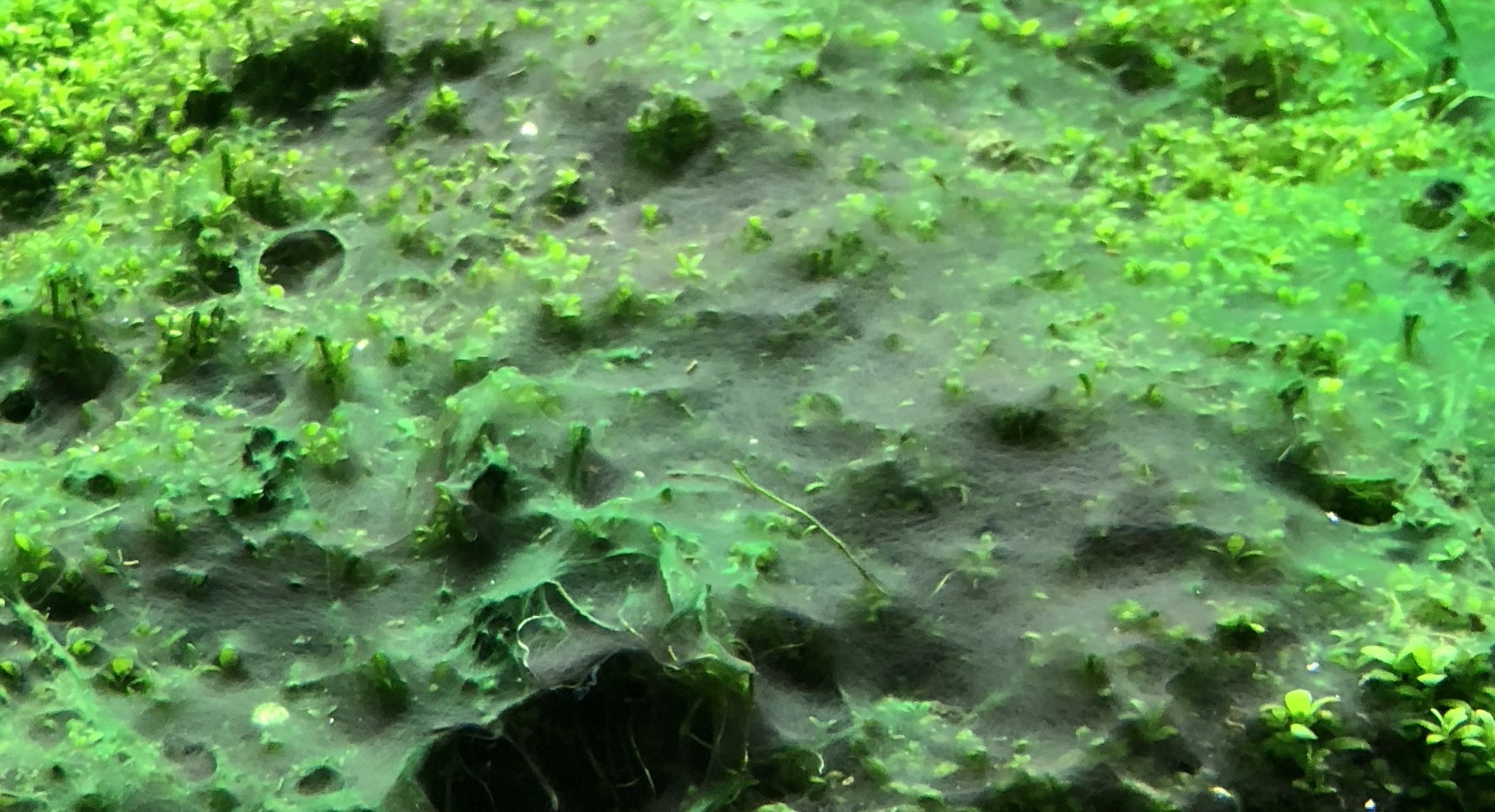 |
Aquarium instability (pH, GH, or KH), waste spikes, poor quality and excessive lighting, poor circulation Add Pristine™ or aquavitro remediation™ and stabilize water parameters |
| Diatom algae | A soft and slimy brown algae typically found on the substrate first, slightly filamentous, can grow even in dark tanks. | 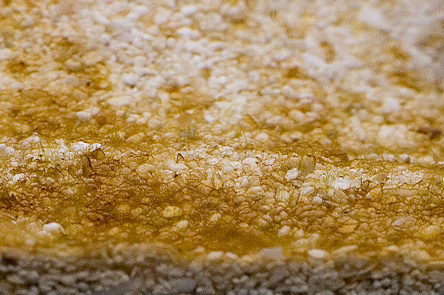 |
High phosphate or silicate (low nitrate), high nitrate (low phosphate), aquarium instability, poor circulation Identify and address nutrient deficiencies |
| Green water | A floating algae that turns all of the water in the aquarium bright green and opaque | 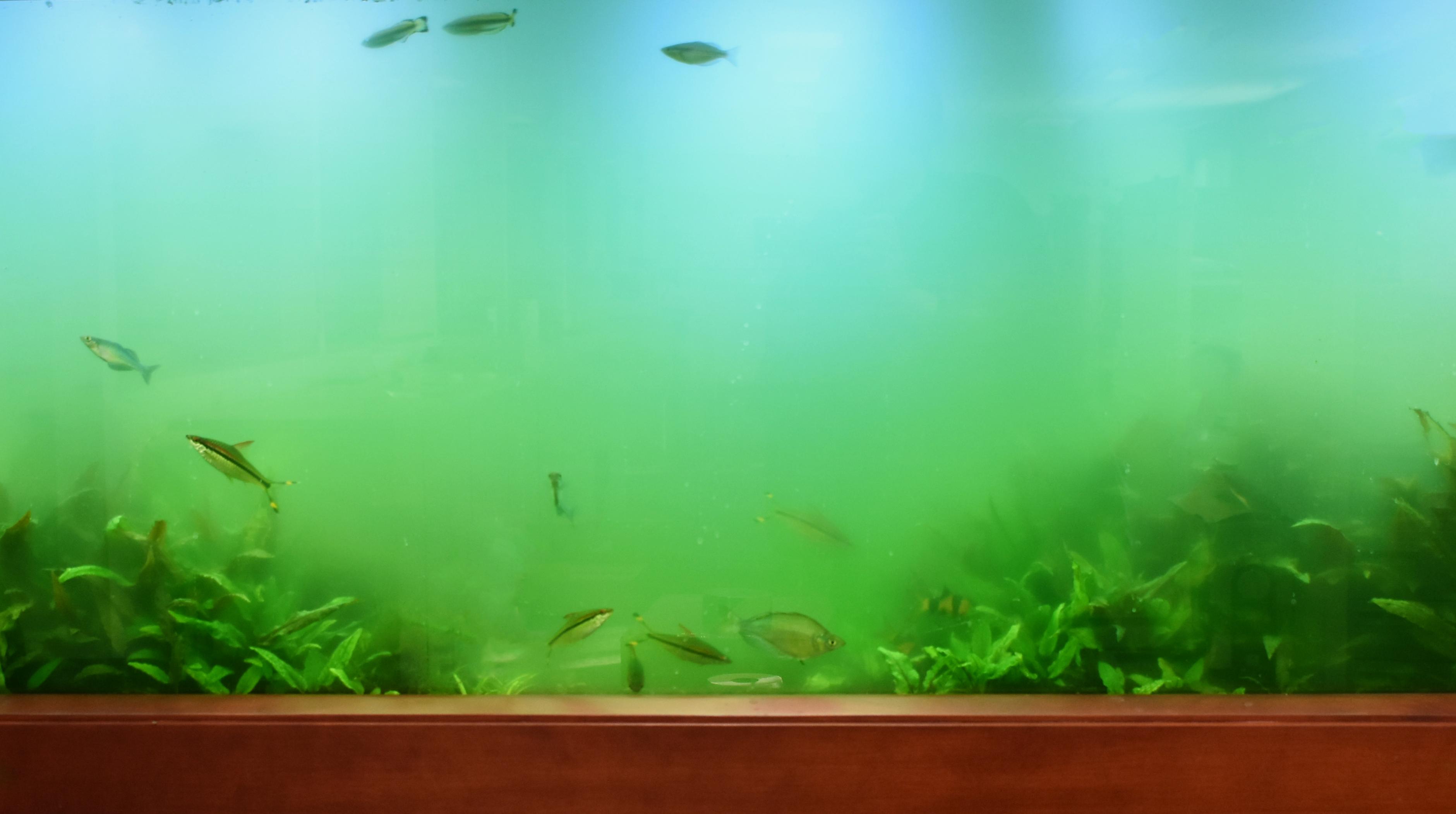 |
High phosphate (low nitrate), excessive lighting/natural light, Add Flourish Nitrogen™, moderate light |
| Green dust algae | A soft green algae that coats the glass and substrate of the aquarium but does not form filaments | 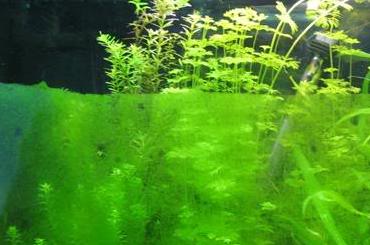 |
Aquarium instability, low bioavailable carbon Add Flourish Excel™ and stabilize water parameters |
| Green Spot Algae | Hard green spots of algae that coat glass and decorations | 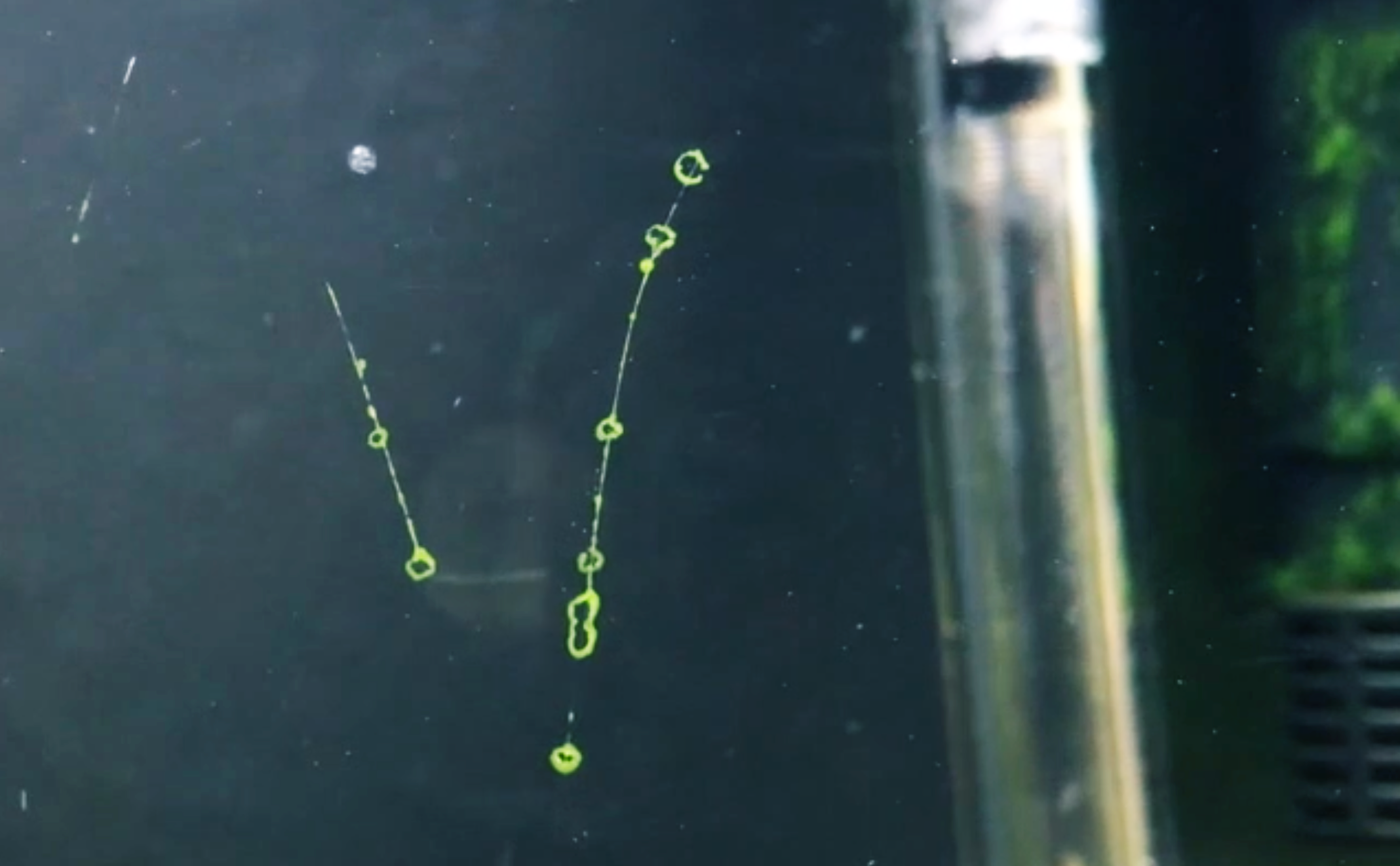 |
Low phosphate, low nitrate, low bioavailable carbon, excessive light Add Flourish Excel™ and balance macronutrients |
0 Comments